Posted by: KSEStocks Explainer
Post Date: May 15, 2023
Balance Sheet – A beginner’s guide
A brief explanation of each item found on the balance sheet of a company.
| Item | Explanation |
|---|---|
| Cash and Equivalents | The amount of money a company has in the form of cash or assets that are easily convertible into cash. This includes the money in the company’s bank accounts, treasury bills, money market funds, Certificates of Deposits(CDs) etc. |
| Short-Term Investments | These are investments made by a company in financial assets that are expected to be converted into cash within a short period of time. This includes investments in stocks, bonds, treasury bills, Certificates of Deposits(CDs) etc. |
| Accounts Receivable, Net | Money owed to a company by its customers. It is calculated after subtracting estimated bad debts and uncollectible accounts. |
| Inventory | Goods or products a company has in stock and ready to sell. This includes items like raw materials, items under processing, and finished goods. |
| Prepaid Expenses | Money that the company has paid in advance and not yet received the benefits of. This includes items like upfront rent for a year among other things. |
| Other Current Assets | Assets expected to be converted into cash or used up within a year. Items that cannot be categorised in any category mentioned above are added here. |
| Total Current Assets | The sum of all current assets. This is the total value of assets of the company that can be converted into cash or used up within one year or one operating cycle. |
| Property, Plant, and Equipment, Net | The value of physical assets owned by a company, including land, buildings, machinery, and vehicles. It is calculated after deducting accumulated depreciation(loss in machinery value over time). |
| Real Estate Owned | Properties or real estate owned by a company. These properties are not used in the company’s normal operations and are usually held for sale. |
| Capitalized/Purchased Software | The cost of software acquired by a company for its operations. Instead of expensing the entire cost upfront, the company capitalizes or spreads the cost over time to match the software’s expected useful life. |
| Long-Term Investments | Investments made by a company in assets intended to be held for an extended period, typically longer than one year. Examples include stocks, bonds, and long-term loans made to other companies. |
| Goodwill | The value of a company’s reputation, customer relationships, and other intangible factors that contribute to its overall worth. It arises when a company is purchased for more than the value of its identifiable assets. |
| Other Intangibles | Intangible assets not classified as goodwill, including patents, trademarks, copyrights, or licenses owned by a company that can generate future benefits. |
| Other Long-Term Assets | Assets expected to provide economic benefits to the company beyond the next year but not falling into the specific categories mentioned above. It can include long-term prepaid expenses or loans made to others. |
| Total Assets | The sum of all the assets mentioned above, representing the total value of all resources owned by a company, including both tangible and intangible assets. |
| Accounts Payable | Money owed by a company to its suppliers or vendors for goods or services received but not yet paid for. It is a short-term liability to be settled within a specified period. |
| Accrued Expenses | Expenses incurred by a company but not yet paid for, including wages, taxes, or utilities. These expenses have been accrued or accumulated but not yet settled. |
| Short-Term Borrowings | Money borrowed by a company from lenders or financial institutions, with repayment due within a short period, typically within one year. |
| Current Portion of Long-Term Debt | The portion of long-term debt due for repayment within the next year. It represents a part of the long-term debt that has become a short-term obligation. |
| Current Portion of Capital Lease Obligations | Obligations from long-term lease agreements in which the lessee (company) has benefits and risks similar to owning the leased asset. The current portion refers to the obligations due within the next year. |
| Other Current Liabilities | Other short-term liabilities not specifically mentioned above, such as deferred revenue or short-term tax liabilities. |
| Total Current Liabilities | The sum of all current liabilities mentioned above, representing the total value of all obligations or debts that a company must repay within the next year or operating cycle, whichever is longer. |
| Long-Term Debt | The portion of a company’s borrowing or financial obligations that are due in more than one year. It includes loans, bonds, or other forms of debt that have a longer repayment timeline. |
| Capital Leases | Lease agreements in which the lessee (the company) has the benefits and risks similar to owning the leased asset. It represents the long-term obligations arising from |
| Other Non-current Liabilities | Other non-current liabilities refer to long-term or non-current obligations that do not fall into specific categories mentioned before. This can include items like deferred tax liabilities, pension obligations, long-term warranties, or other long-term debts that are not classified under current liabilities. |
| Total Liabilities | Total liabilities represent the combined value of a company’s financial obligations or debts to external parties. It includes both short-term liabilities (current liabilities) and long-term liabilities (non-current liabilities), representing the total amount that a company owes. |
| Common Stock | Common stock represents the ownership interest or equity that shareholders have in a company. It represents the basic ownership units or shares that are issued to investors. |
| Additional Paid In Capital | Additional paid-in capital refers to the amount of money received by a company from shareholders that exceeds the par or stated value of the common stock. It represents the additional funds that shareholders have invested in the company, which are recorded as equity on the company’s balance sheet. |
| Retained Earnings | Retained earnings represent the portion of a company’s profits that have been retained or reinvested into the business over time. It reflects the accumulated earnings that the company has not distributed to shareholders as dividends. |
| Treasury Stock | Treasury stock refers to the company’s own stock that it has repurchased from shareholders. It is held by the company itself and is not considered outstanding or available for public trading. |
| Other Common Equity Adj | Other common equity adjustments include any other adjustments made to the common equity section of the balance sheet that are not specifically mentioned above. This can include items like adjustments for stock splits or changes in accounting policies. |
| Common Equity | Common equity represents the total value of the shareholders’ equity in a company after deducting any treasury stock or preferred equity. It represents the residual ownership interest that shareholders have in the company. |
| Total Preferred Equity | Total preferred equity represents the ownership interest held by preferred shareholders. Preferred shareholders have certain rights and preferences over common shareholders, such as priority in receiving dividends or in the event of liquidation. |
| Minority Interest, Total | Minority interest represents the ownership stake in a subsidiary or part of a company that is held by parties other than the parent company. It reflects the portion of equity that belongs to minority shareholders. |
| Other Equity | Other equity includes any other equity-related items or adjustments that are not specifically mentioned above. This can include items like adjustments for foreign currency translation or changes in the fair value of investments. |
| Total Equity | Total equity represents the sum of all the equity components mentioned above. It represents the total value of the ownership interests or equity in a company, including both common and preferred equity. |
| Total Liabilities And Equity | Total liabilities and equity represent the sum of a company’s total liabilities and total equity. It shows the combined value of all the company’s obligations to external parties and the ownership interests in the company. It reflects the total financing of the company’s assets. |
| Cash And Short-Term Investments | Cash and short-term investments refer to the combined value of cash on hand and short-term investments that can be easily converted into cash within a short period, typically within three months. It represents the company’s liquid assets available for immediate use. |
| Total Debt | Total debt represents the sum of both short-term and long-term debt obligations of a company. It includes all the financial liabilities that |
⚠️ This post reflects the author’s personal opinion and is for informational purposes only. It does not constitute financial advice. Investing involves risk and should be done independently. Read full disclaimer →

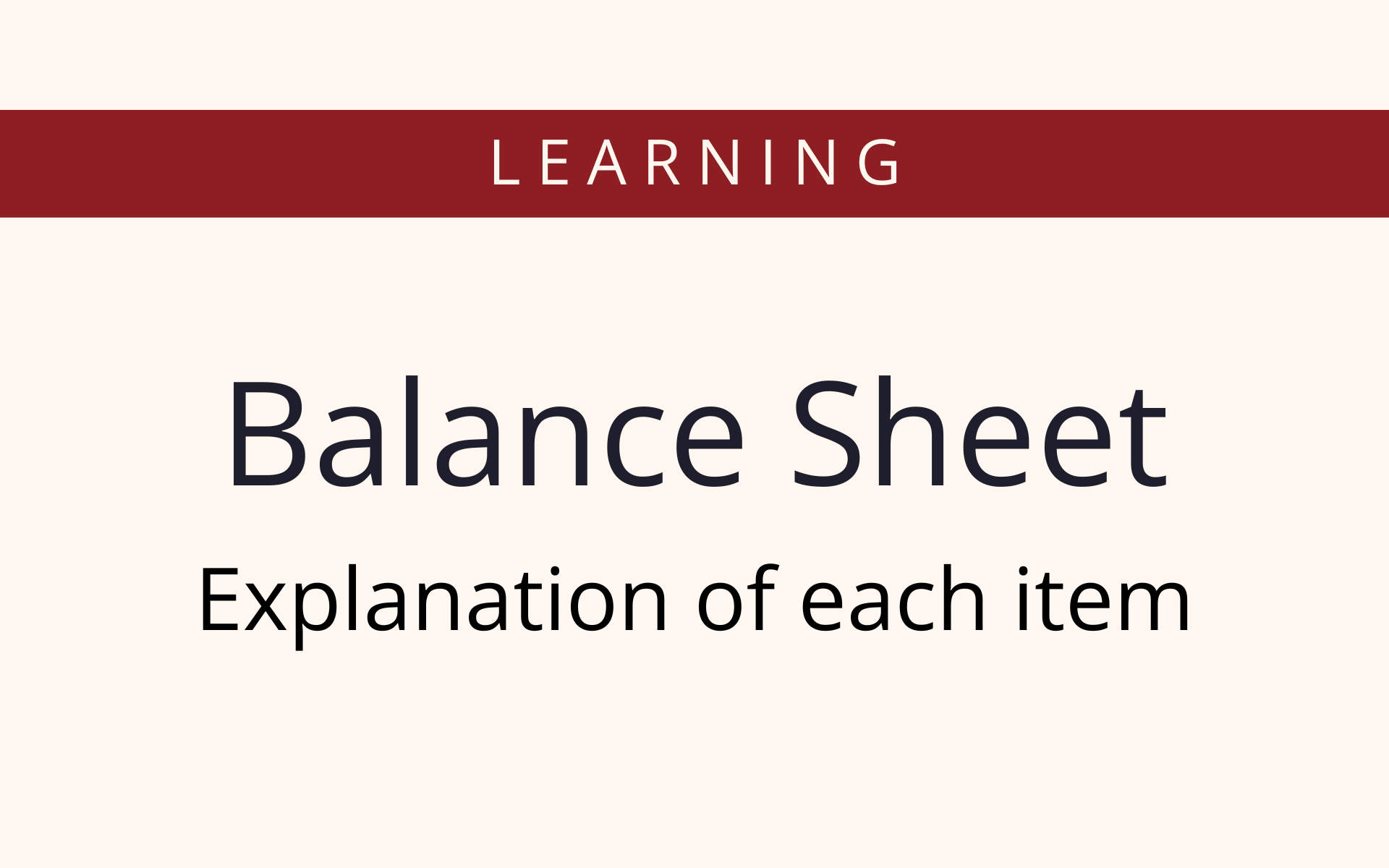


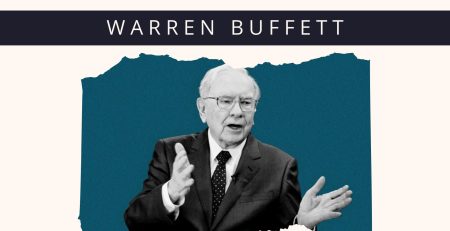
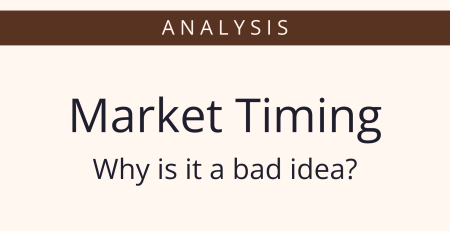
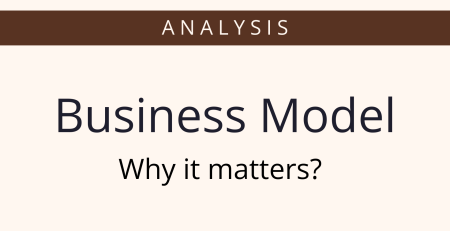


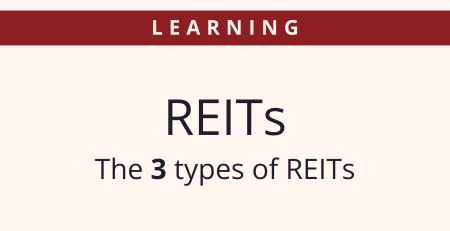
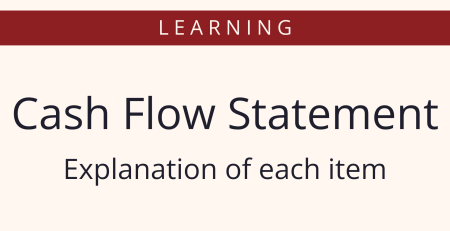
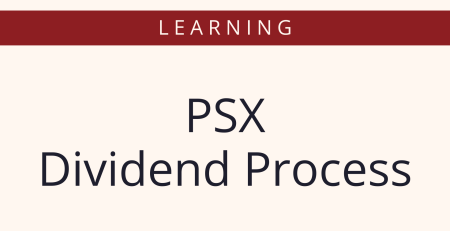
Leave a Reply